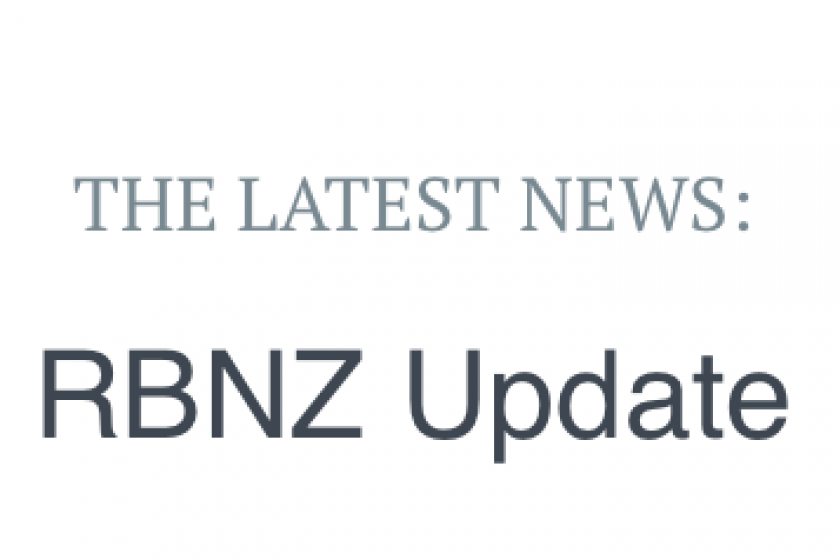Contact us for a free online quote
Australia
The RBA must now be considering further rate cuts after last week’s poor employment results. Last week the currency underperformed coming off the back of a fortnight of gains devaluing 100 points against the greenback and losing 1.5% against the British Pound. Banks have been revising their interest rate forecasts with the NAB seeing a rate cut at both the October and December meeting which would bring the benchmark rate down to 0.5%. CBA also bought forward their predictions to a 25 point cut in October. Early last week the RBA minutes of the 3rd September monetary policy meeting said the bank would think about easing policy if it thought it was needed to support growth, saying we will see an extended period of low rates in efforts to achieve better employment and inflation targets. In the wake of last week’s Federal Reserve cutting rates by 25 points to 1.75% and trade war flows we could continue to see a risk averse currency environment sending the Aussie dollar deeper.
New Zealand
The New Zealand Dollar crosses continued to dive lower in a week dominated by risk sentiment. By far the weakest performer of the G10 currencies the kiwi traded to 0.6260 at the close against the greenback, a 1.8% decline on the week. The low represents an August 2015 level. President Trump Friday said he doesn’t think he needs to strike a trade deal with China prior to the 2020 US elections. He also confirmed he was not looking for a “partial” deal with the Chinese after saying last week he would consider this. Equities turned negative on Friday after a Chinese delegation cancelled a US farm visit confirming things have turned again shifting earlier sentiment from buoyant to pessimistic. This week’s direction will be set by Wednesday’s RBNZ monetary policy statement and ongoing risk sentiment shifts. Given Orr cut rates by 50 points at the last meeting on 7th August we are unlikely to see a further cut as the last cut will take time to penetrate into the NZ economy.
United States
A risk off tone dominated markets during the second half of the week, the US Dollar retreating off early week highs to trade down to 107.50 against the Japanese Yen. Sentiment flipped when Trump made comments he wasn’t interested to piece together a partial trade deal with China going back on his earlier comments suggesting otherwise. The Chinese negotiation delegation cancelled their trip to US agricultural states adding to market gloom. The Federal Reserve lowered its overnight rate from 2.0% to 1.75% Thursday as most predicted with Powell offering up a tinge hawkish statement closely matching the one he gave in the July meeting. Seven Fed voting officials opted for a 0.25% cut while two voted no cut, and one wanted a cut of 50 points. This confirms differences of opinion with the current state of US geopolitical uncertainty and how it may hinge future policy. This week’s economic docket focuses on a number of Fed members speaking and Final quarterly GDP which is expected to print at 2.0% how lower than the March quarter of 3.1%.
Europe
The Euro travelled broadly sideways throughout most of last week, breaking down slightly against the greenback to 1.1000 but picking up new ground against the depleted NZD. The EUR has suffered renewed selling pressures since the ECB announced new QE stimulus, the first in two years. The week ahead promises a mix of internal and external related data influences. Testimony via ECB President Draghi in the EU parliament as well as Septembers flash Eurozone PMI surveys will set the tone on Monday. Draghi also speaks on Friday at the European Systemic Risk Board annual conference in Frankfurt.
United Kingdom
A no deal Brexit result is still a very real scenario based on the large disparity in the negotiation process between the UK and European Union. Irish Foreign Minister Simon Coverey said Friday there was a wide gap between the UK and EU as they wait for serious proposals from London town. The Irish backstop – a policy aimed at preventing the UK returning a hard border on Ireland has been the biggest hurdle to get over in the UK/EU talks to date. The Bank of England has held their overnight interest rate unchanged at 0.75% in a unanimous vote 0-9. With less than two months until the Brexit deadline, the UK gets set to leave the EU with a dark cloud of uncertainty hanging over the Bank of England. No economic data this week on the docket suggests the Pound will again get its leads from Brexit and risk related headlines.
Japan
The Bank of Japan (BoJ) retained their overnight cash rate at -0.1% and their 10 year yield target unchanged at 0%. Forward policy for future monetary targets was also unchanged with the central bank maintaining their opinion of the economy – the Bank saying they will keep rates low for an extended time at least through to June 2020. The Bank of Japan would not hesitate to ease if necessary and would review at the next meeting on October 31st. The decision on this seems to be a ploy to kick the can down the road for a while they figure out the best option. They don’t really have any preconceived ideas we know of on further easing. Not signalling to ease as most other central banks have done increases prospects of the Japanese Yen going higher across the board. Part of the BoJ’s objectives are to keep higher Yen values under wraps but this latest move is a little weird.
Canada
The Canadian Dollar has concluded a week of mixed results with the currency trading all over the park a by-product of earlier Crude Oil production setbacks. After Crude oil reached new highs around 62.50 prices seem to have stabilized somewhat around 58.00 but the situation in Saudi Arabia with the oil field attacks still seems a real threat to ongoing production with media reporting everything is tickety boo not being the case. It’s only going to take one oil outage somewhere to explode the oil price back through 60.00 again and send the CAD into orbit. Aramco vowed to keep the Abqaig oil production disruption to a minimum and restore things back to pre attack producing volumes but stories surfacing suggest a long drawn out repair is the more likely scenario with reports suggesting the end of 2019. It will take a week before serious reports are provided to the extent of the damage and the time frame involved before normal production can resume. In the meantime the Canadian Dollar hangs in the balance, especially in the NZDCAD pair with it trading at long term support levels currently. No significant data in Canada this week.
Major Announcements last week:
- Bank of England retain cash rate at 0.75%
- Bank of Japan leave rates on hold at negative levels.
- Federal Reserve cuts cash rate form 2.0% to 1.75%
- NZ GDP q/q rose from 0.4% to 0.5%
Contact us for a free online quote





